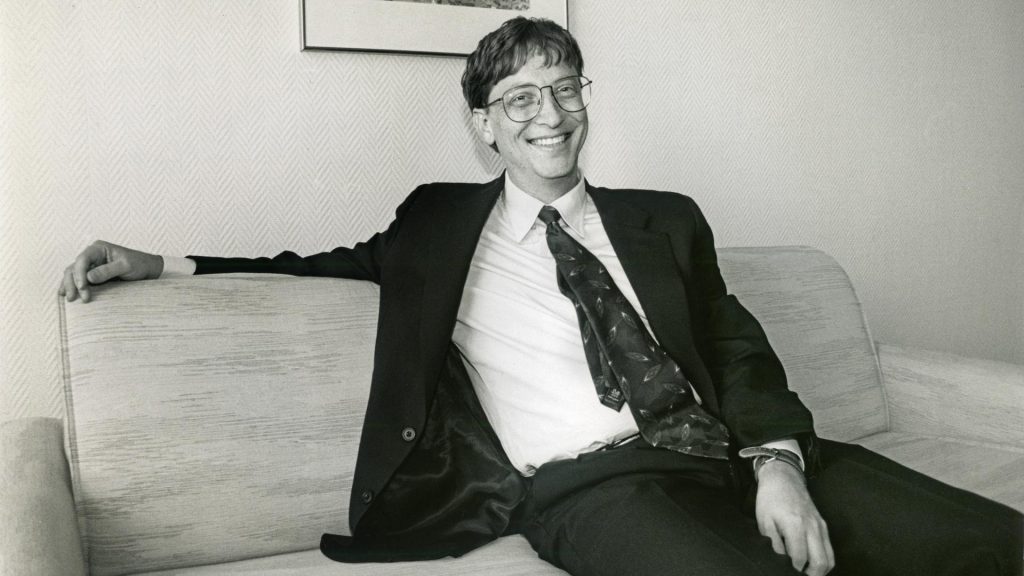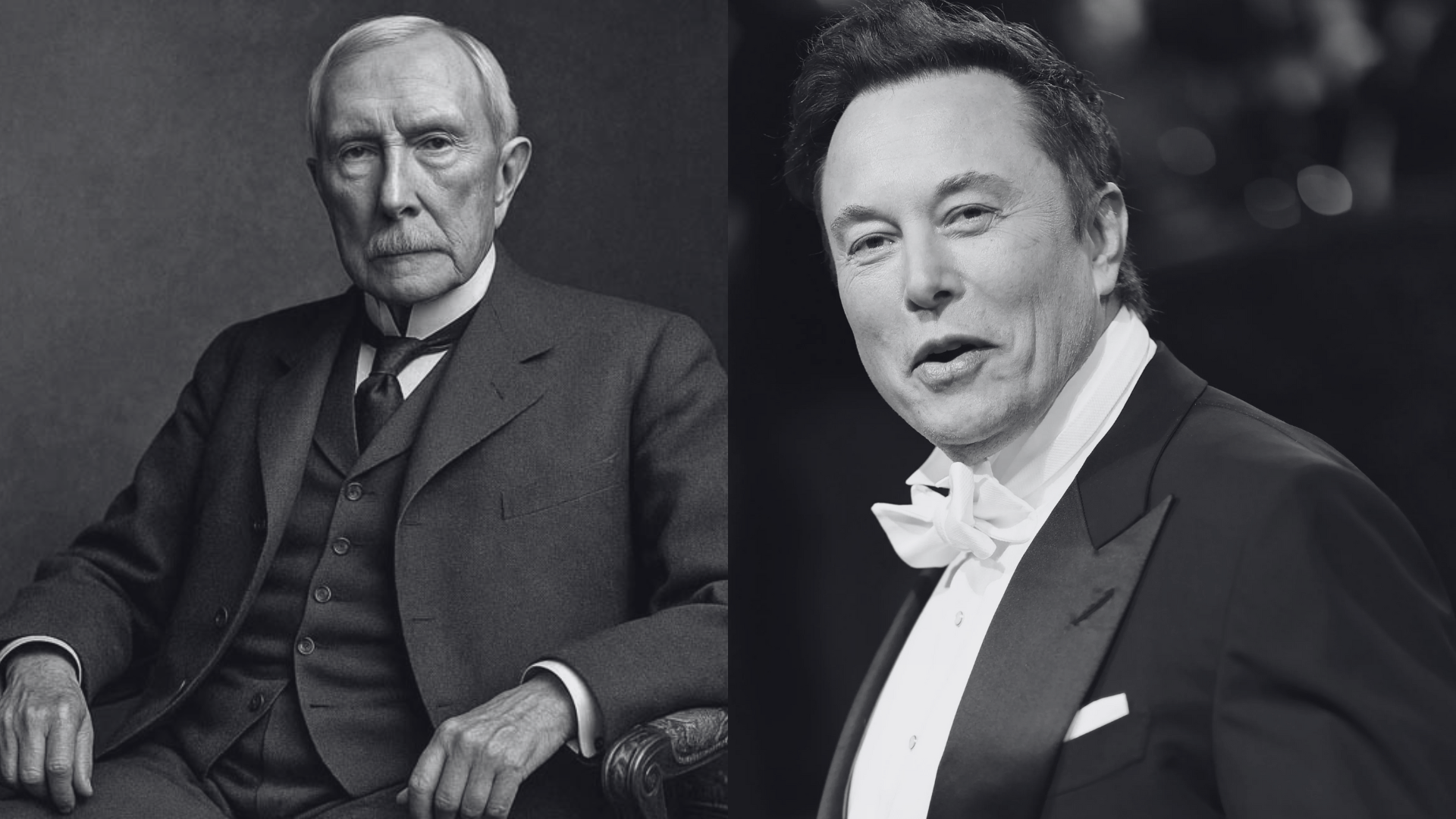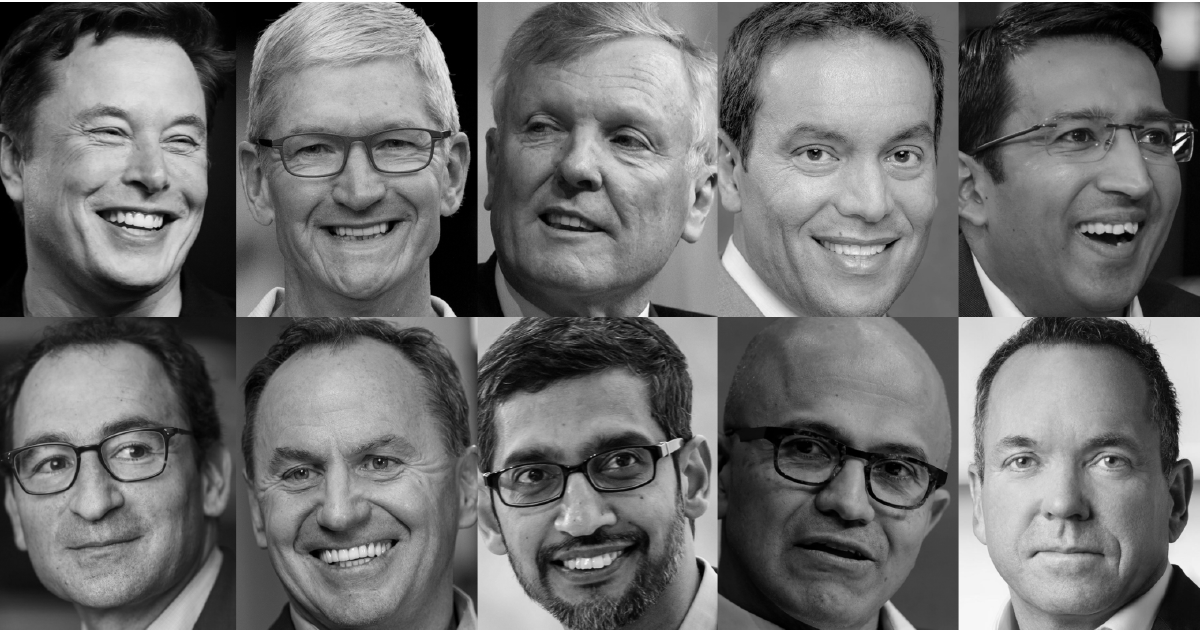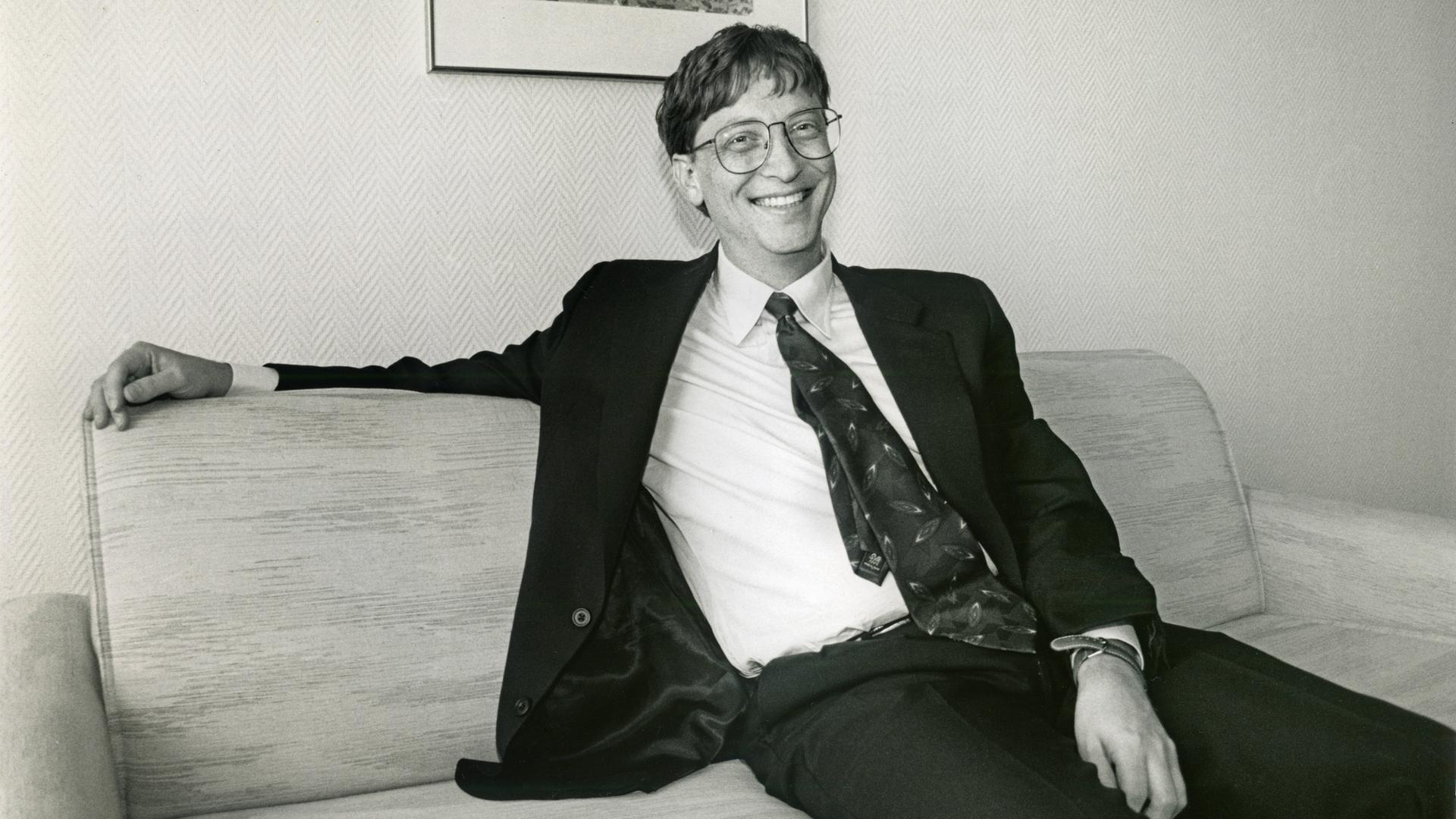Introduction
Few names in the history of technology command as much recognition as Bill Gates. His story is not simply that of a Harvard dropout who founded a company. It is the story of how a young man with an obsession for computers created an empire that would define the way billions of people work, communicate, and interact with the digital world. Microsoft, the company he co-founded, became more than a software provider. It became the operating system for modern life.
From the earliest personal computers to today’s cloud platforms and artificial intelligence projects, Gates’ vision shaped not only an industry but also entire generations. His journey is about relentless innovation, fierce competition, bitter controversies, and eventually a reinvention as one of the most influential philanthropists in modern history.
This article explores the rise of Microsoft, the legacy of Bill Gates, and the dual impact he has left on both technology and global development.
1. The Early Days of Bill Gates
Bill Gates was born in Seattle in 1955 into an upper-middle-class family. His father was a prominent lawyer, and his mother served on corporate boards, giving him early exposure to leadership and ambition. But what truly defined his youth was a fascination with computers that emerged when he was just 13.
At Lakeside School, a private institution in Seattle, Gates discovered the school’s computer terminal and spent endless hours learning how to program. This was a time when most people had never even seen a computer, let alone used one. It was here that he met Paul Allen, a fellow student who shared his obsession with technology. The two bonded over their passion for programming and their belief that computers could change the world.
After enrolling at Harvard in 1973, Gates continued to immerse himself in computing. But college was more of a detour than a destination. When the opportunity came to build software for the Altair 8800, one of the first microcomputers, Gates and Allen knew this was their chance. Gates eventually dropped out of Harvard in 1975 with a bold vision: “A computer on every desk and in every home.”
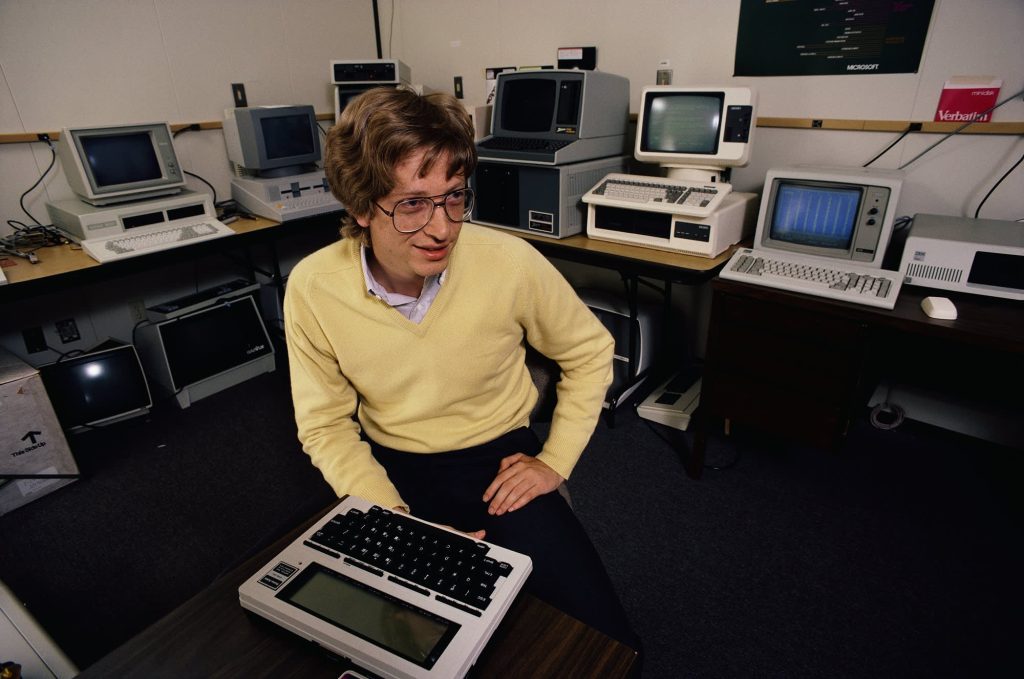
2. Founding Microsoft (1975)
In 1975, Gates and Allen founded Microsoft, a name derived from “microcomputer” and “software.” Their first product was a version of BASIC, a programming language for the Altair 8800. It was not glamorous, but it was practical, and it marked the beginning of a company that would soon dominate the software industry.
The startup years were anything but smooth. Microsoft was a small team working out of Albuquerque, struggling to gain recognition in a world that had not yet fully embraced personal computing. But Gates’ intensity and business instincts, combined with Allen’s technical brilliance, gave the company a competitive edge.
Their first major breakthrough came when IBM was developing its first personal computer and needed an operating system. Gates secured the deal by licensing an operating system called QDOS, which Microsoft acquired and rebranded as MS-DOS. This single move would set the stage for Microsoft’s meteoric rise.
3. Microsoft’s Rise in the 1980s
The 1980s were the decade when Microsoft went from a scrappy startup to a global powerhouse. MS-DOS became the standard operating system for IBM PCs and compatibles, giving Microsoft a dominant position in the industry. Gates’ decision to license rather than sell the software outright was brilliant. It meant that every PC sold with MS-DOS created a stream of revenue for Microsoft while still allowing hardware manufacturers to compete.
By 1983, Microsoft launched Microsoft Word, and soon after came Excel, products that would later become staples of the Microsoft Office suite. The company was steadily building not just an operating system but an entire ecosystem of productivity tools.
In 1985, Microsoft introduced Windows 1.0. While primitive compared to later versions, it marked the beginning of the graphical user interface era for Microsoft. Gates had a reputation for being a demanding and often ruthless negotiator, but it was this drive that ensured Microsoft never lost sight of its goal: becoming the software backbone of the personal computer revolution.
4. The 1990s: Global Domination
By the 1990s, Microsoft had become a household name. The launch of Windows 95 in August 1995 was more than a product release. It was a cultural phenomenon. Backed by a massive marketing campaign featuring the Rolling Stones’ song “Start Me Up,” Windows 95 introduced the Start menu and taskbar, elements still present in today’s Windows versions. It sold millions of copies within weeks and cemented Microsoft’s dominance in operating systems.
At the same time, Microsoft Office became the standard productivity suite worldwide. Word, Excel, and PowerPoint were bundled together in a way competitors could not match. Businesses, schools, and governments standardized their workflows around Microsoft software.
The company also entered the internet era, though not without controversy. The “browser wars” of the mid-1990s saw Microsoft use its dominance to push Internet Explorer against Netscape Navigator. By integrating Internet Explorer directly into Windows, Microsoft quickly gained market share but also attracted criticism and regulatory scrutiny.
By the end of the decade, Gates had become the richest man in the world. But Microsoft’s aggressive tactics also made it one of the most scrutinized companies on the planet.
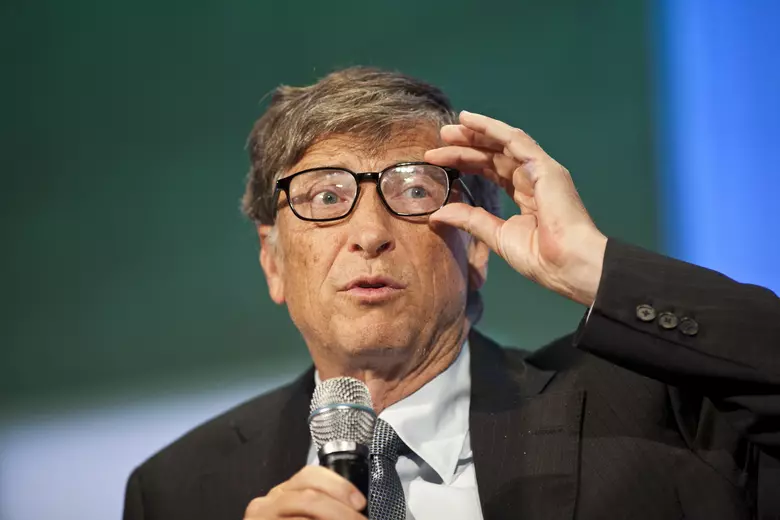
5. Controversies and Challenges
Microsoft’s success came with accusations of monopoly behavior. The U.S. Department of Justice filed an antitrust lawsuit against the company in the late 1990s, alleging that Microsoft abused its dominance in operating systems to stifle competition, particularly with its bundling of Internet Explorer.
The case became one of the most high-profile corporate trials of the era. While a proposed breakup of Microsoft was eventually overturned, the company faced restrictions and a damaged public image. Gates, once seen as a tech genius, was increasingly portrayed as a ruthless businessman who crushed competitors.
These controversies forced Microsoft to rethink its strategies, but they also shaped how Gates himself would evolve as a leader and eventually as a philanthropist.
6. Beyond Windows: Diversification and Missed Opportunities
As the 2000s approached, Microsoft sought to diversify. The company entered the gaming industry with the launch of the Xbox in 2001, a move that surprised many. The Xbox faced tough competition from Sony’s PlayStation but eventually grew into one of Microsoft’s most successful divisions.
Not all ventures worked out. Microsoft attempted to compete in the portable music market with the Zune, but it failed to gain traction against Apple’s iPod. In the mobile space, Microsoft’s Windows Phone never managed to compete effectively with Apple’s iPhone and Google’s Android, despite acquiring Nokia’s mobile business.
Perhaps the biggest missed opportunity was in search and advertising. Google surged ahead with its search engine, leaving Microsoft’s Bing struggling for relevance. Still, the company’s bet on enterprise solutions and later cloud computing kept it in the game.
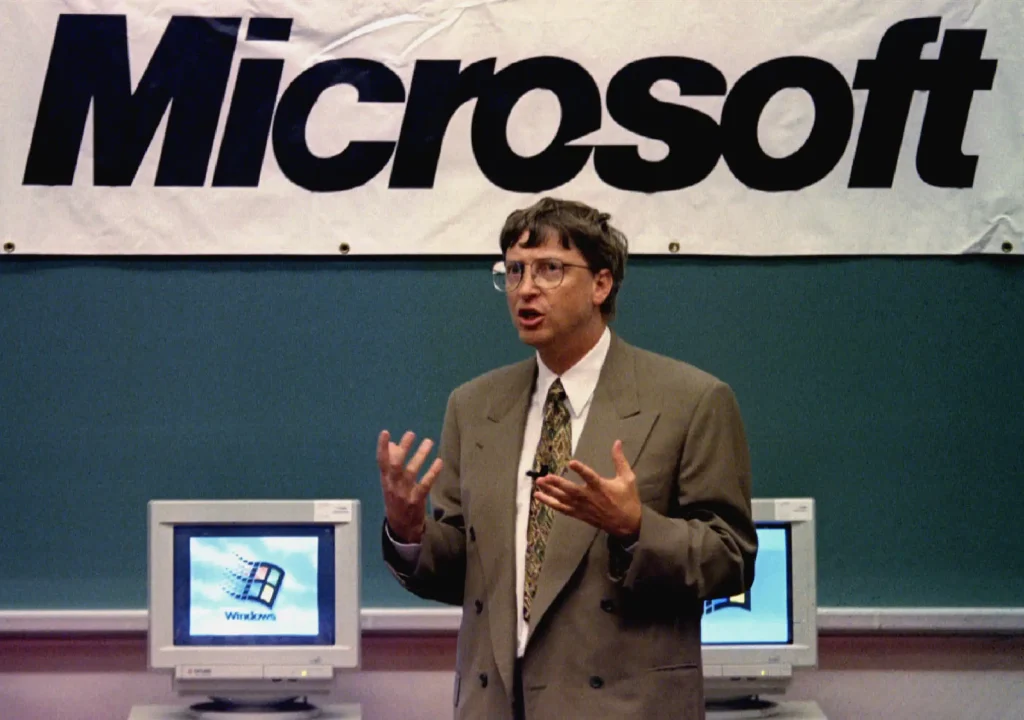
7. Bill Gates Steps Down as CEO (2000)
In 2000, Bill Gates stepped down as CEO, handing the role to his longtime colleague Steve Ballmer. Gates remained as chairman and chief software architect, focusing more on technology strategy than daily management.
This transition allowed Gates to gradually step back from Microsoft while preparing for his next chapter. His leadership style had been intense, hands-on, and sometimes abrasive. Ballmer brought a more sales-driven, energetic approach. While Microsoft remained profitable, it struggled with innovation under Ballmer’s tenure.
For Gates, the shift also marked the beginning of his deeper involvement in philanthropy.
8. Microsoft in the 2000s and 2010s
The early 2000s were challenging for Microsoft. The dot-com boom shifted attention to internet companies, and Microsoft sometimes looked like a giant trying to stay nimble. Windows Vista, launched in 2007, was widely criticized as a failure, though the company recovered with Windows 7 in 2009.
Competition intensified. Google dominated online search and advertising. Apple redefined consumer technology with the iPhone. Amazon built a commanding lead in cloud computing with AWS. Microsoft risked becoming irrelevant in consumer markets.
Yet beneath the surface, Microsoft was planting seeds for a future comeback. Its focus on enterprise software and early moves in cloud services, though initially underestimated, would later become the foundation of its revival.
9. Satya Nadella and Microsoft’s Reinvention
The turning point came in 2014 when Satya Nadella became CEO. Nadella shifted Microsoft’s strategy to a “cloud-first, mobile-first” approach. He embraced open-source software, something unthinkable under Gates or Ballmer, and positioned Microsoft Azure as a direct competitor to Amazon Web Services.
This pivot paid off. Azure grew rapidly, Microsoft Teams became a leader in collaboration software, and the company embraced remote work tools during the pandemic. Microsoft’s market capitalization crossed $2 trillion, securing its place as one of the most valuable companies in history.
Nadella’s softer, more collaborative leadership style contrasted with Gates’ intensity and Ballmer’s energy. But it was Gates’ original vision of software-driven transformation that had laid the groundwork.
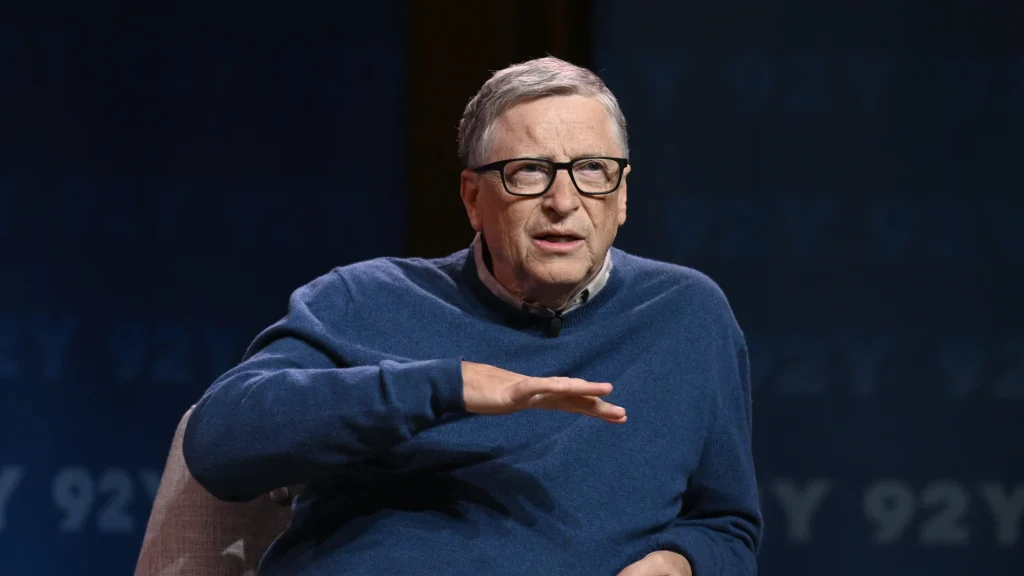
10. Gates the Philanthropist
While Microsoft reinvented itself, Bill Gates reinvented his own role in the world. In 2000, he and his wife Melinda established the Bill & Melinda Gates Foundation, which has since become the largest private philanthropic organization in the world.
The foundation focuses on global health, poverty reduction, and education. It has played a key role in funding vaccine distribution, eradicating diseases like polio, and supporting agricultural innovation in developing countries.
In 2010, Gates and Warren Buffett launched the Giving Pledge, encouraging billionaires to commit the majority of their wealth to philanthropy. Gates became a symbol of a new kind of billionaire: one who sought to apply business principles and technology-driven thinking to humanitarian issues.
Critics argue that such influence gives unelected individuals too much power over global priorities. Supporters counter that Gates has used his fortune to address problems governments have often failed to solve. Either way, his philanthropic work has reshaped his legacy.
11. Personal Life and Legacy
Bill Gates’ personal life has also attracted public attention. His marriage to Melinda French Gates in 1994 was long seen as a partnership in both family and philanthropy. Their divorce in 2021 surprised many and led to questions about the future of their foundation, though both committed to continuing their joint work.
Public perception of Gates has evolved. Once viewed as the archetypal ruthless businessman, he is now often seen as a thoughtful humanitarian. Yet some critics remain skeptical of his motives, especially regarding his influence in global health policy.
Still, Gates achieved his vision. The world did put a computer on nearly every desk and in nearly every home, thanks in large part to Microsoft. His impact extends beyond technology into public health, education, and the global conversation about the role of billionaires in society.
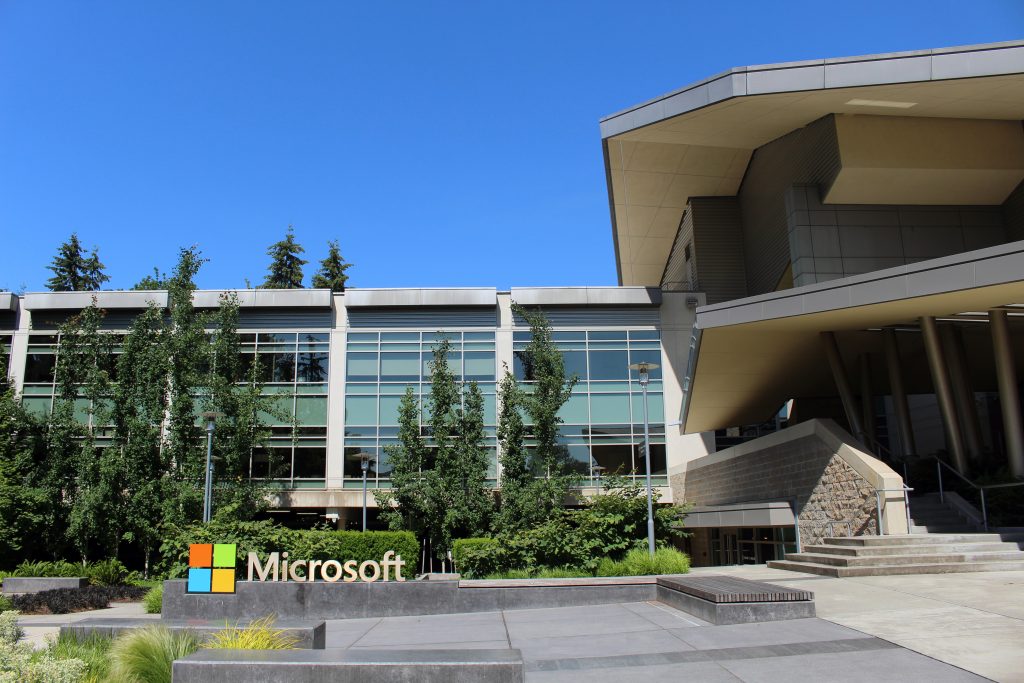
12. Microsoft Today and the Future
As of 2025, Microsoft remains a central player in the technology world. Its investments in artificial intelligence, including its partnership with OpenAI, position it at the forefront of the next wave of innovation. Azure continues to battle Amazon’s AWS for cloud dominance. Microsoft Teams competes with Slack and Zoom as workplaces redefine collaboration.
At the same time, the company faces renewed antitrust scrutiny from regulators worldwide. The question of whether Microsoft can remain innovative in such a fast-changing industry is ever-present. But if history is any guide, the company has repeatedly shown resilience and adaptability.
Conclusion
The journey of Bill Gates and Microsoft is a story of vision, ambition, and reinvention. Gates began as a teenager obsessed with programming, built a company that defined an era, endured controversies that nearly toppled it, and transformed himself into one of the most influential philanthropists in modern history.
Microsoft’s impact is hard to overstate. From MS-DOS to Windows, from Office to Azure, it has provided the tools that shaped modern work and life. Gates’ dual legacy as a tech pioneer and humanitarian will continue to spark debate, but his influence is undeniable.
The Harvard dropout who dreamed of a computer on every desk did more than achieve his vision. He helped shape the digital age itself.


